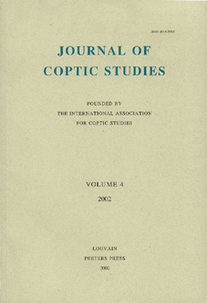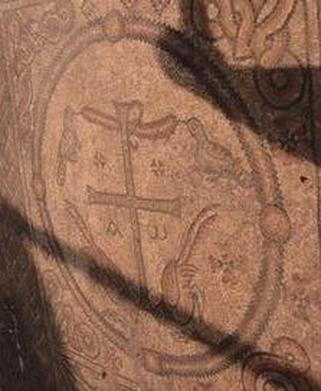
Volume 15 of the Journal of Coptic Studies has just been published, in which I am delighted to have an article of my own. My article—"Two Sahidic Fragments of John 13:29–14:2: Garrett Coptic MS 6"—is an edition of two previously unpublished Coptic codex fragments of the Gospel of John. The codex fragments are housed at Princeton University and I came across them last year when I was going through their collection. I was unsuccessful in linking the fragments with a larger codex (or fragments thereof), so if any of my readers has a suggestion, please let me know.
I have uploaded the published version of the article to the "Publications" section of my site here. Please note that images of these beautiful fragments are included in the publication.
I have uploaded the published version of the article to the "Publications" section of my site here. Please note that images of these beautiful fragments are included in the publication.




